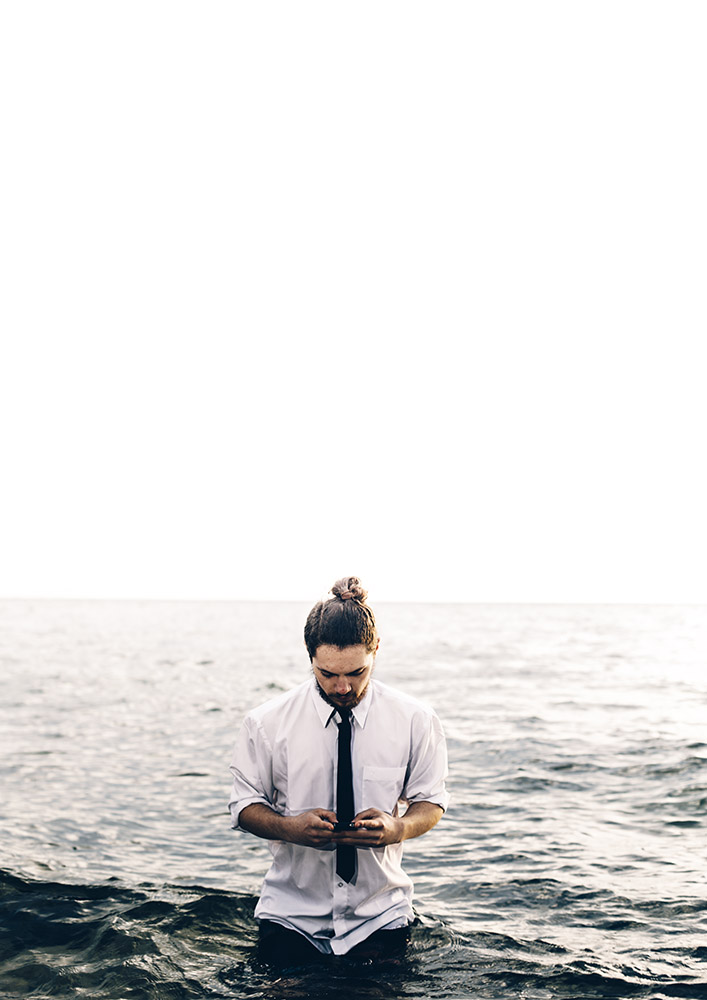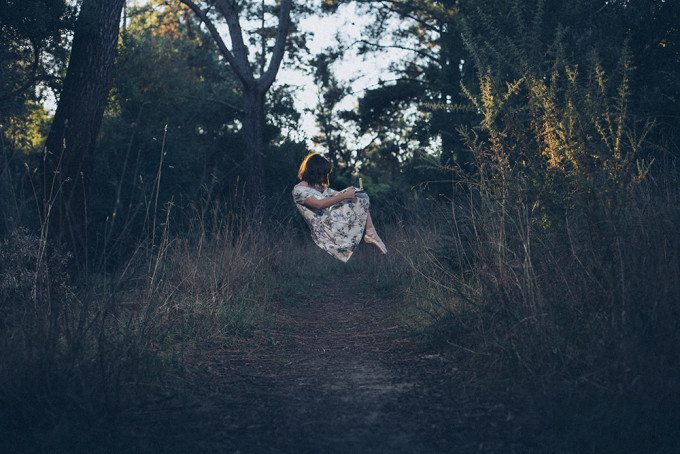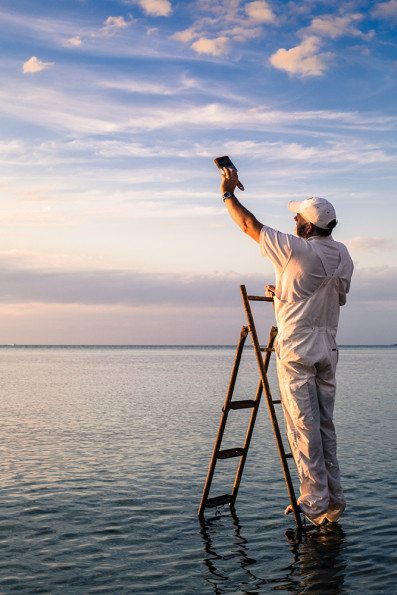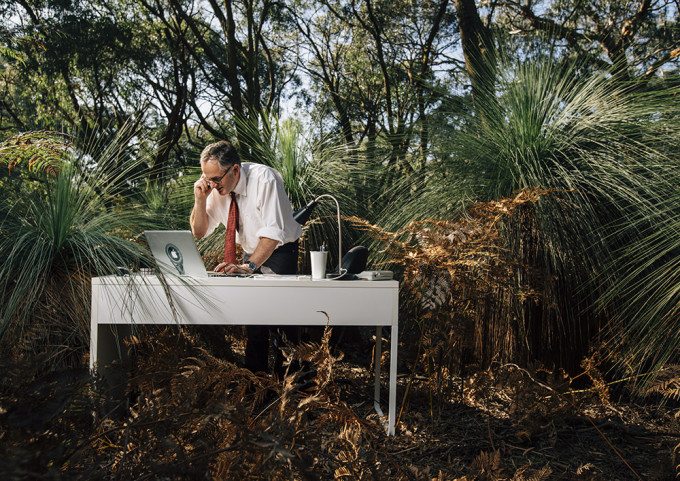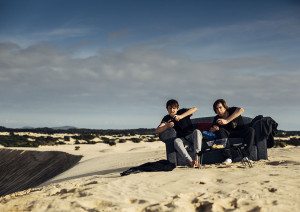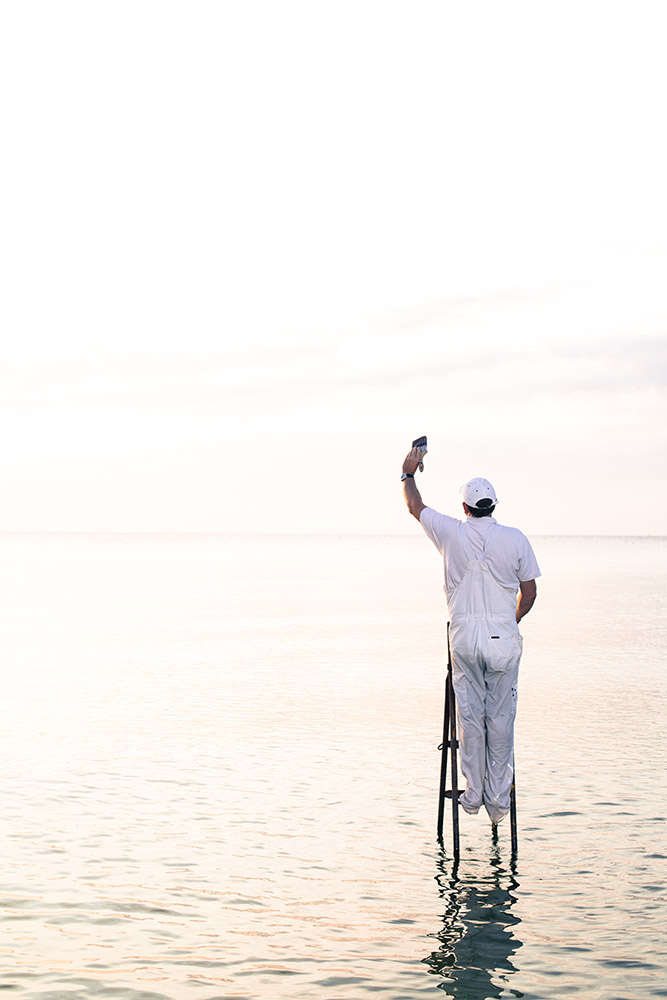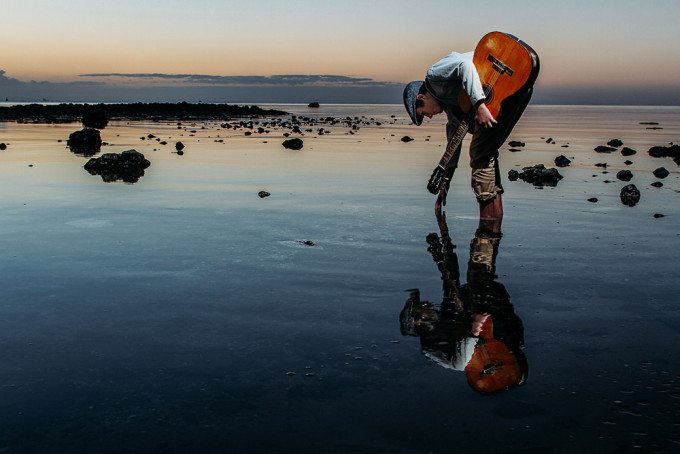Last Updated on 02/03/2015 by Chris Gampat
All images by James Bugg. Used with permission
Photographer James Bugg is the mastermind behind a brand new project called Unnatural Habitats. The 19 year old Melbourne based creative hasn’t even started his first year of studying photography full time, but has already demonstrated exceptional creative prowess. “I do a mixture of documentary and fine art work and love to tell stories and portray messages through my imagery.” states James. He continues to tell us that photography has been his passion since he was younger.
Unnatural Habitats is a special juxtaposition project that takes folks hard at work and places them in a completely off-key space.
In fact, it’s one of the cooler projects that we’ve seen so far for the year.
Phoblographer: Talk to us about how you got into photography.
James: I guess my photographic passion developed from my childhood. As a young boy my sister and I would make terrible quality documentaries of the unexplored and seemingly dangerous wilderness that was our backyard. She would enthusiastically describe plants and chase our dog around while I manned the camera, recording shaky footage of our adventures. I’d always loved being behind the camera and as I got older I started to shoot a lot of landscapes on family camping trips. Over the last four or five years I really immersed myself into learning photographic seriously, teaching myself techniques and processes I have tried to evolve myself as a photographer.
Phoblographer: Where did the inspiration for Unnatural habitats come from?
James: I came up with the idea of placing humans in places that contrast their everyday life because I wanted to depict something irregular and out of the ordinary. This started with the idea of a painter performing the impossible and painting the sky. The idea of taking a person in an occupation and placing them in a completely un-natural place established the juxtaposition I wanted to portray. I continued with occupations in unnatural settings for a while and made “The Painter”, “The Musician” and “The Dancer”.
I then wanted to bring a more generational viewpoint to the work. I have grown up in a generation that is surrounded by technological evolution. This in a way makes it hard to step back with a critical eye and question progression against humanity. Technology has allowed us to view the natural world around us on a screen and carry it around in our pocket. As a society we can view more of our natural environment than ever before, we can like it and share it through social media but ultimately we are losing the tactile experience of it. I wanted to pose the question, as humans is our natural habitat becoming un-natural to us. I wanted to show humans surrounded by nature but immersed in technology. Through that clear contrast I wanted to evoke question about what is and what was considered ‘natural’ to us.
Phoblographer: What made you want to create this series? Many photographers have ideas and never start or finish them. How did you stay goal oriented and focused?
James: It was an idea that really came to life in my head. At first it was simply the idea of contrast that interested me, creating something that was aesthetically intriguing. Once I started to develop real question and reason to the contrast I started to picture scenarios that combined aesthetics and ideas in harmony. The work was completed as a part of my Studio Art course at school so staying goal orientated was driven by looming deadlines, I had to plan and process my thoughts into a range of different shots and then go out and complete them. For me it was something I really enjoyed doing so staying focused wasn’t hard. I was passionate about my idea and I love taking photos so the process was something that came quite easily.
Phoblographer: This work obviously isn’t traditional, so how did you go about explaining the concept to your subjects?
James: The subjects in my shots consist of close friends and family so they were very open to my ideas. Although they did think I was a little crazy when I told them we would have to carry a two seater couch three kilometres and up a sand dune for one image, but they stuck by my unconventional ways and after sore shoulders and quite a bit of swearing the two seater couch made it to the location and back. When I sat down with my subjects before the shoots I had sketched out ideas and concepts so as I talked through my ideas they got an idea of both the concept and how I wanted it to look, this made it a lot easier when we got on location.
Phoblographer: How much of this is done in the camera vs in Photoshop?
James: These images are pretty much all done in camera, I took the subjects and objects to location and photographed them in that situation. Most of the editing was completed in lightroom and consisted of levels and curves adjustments. I found, especially with my images contrasting technology against nature that using photoshop would contradict the whole ideology and i really needed to place my subjects truly in a natural environment.
Phoblographer: Talk to us about the gear that you use.
James: I used a Canon 5D Mark III with a 50mm f1.4 for these shots, I wanted quality and sharpness so it was the obvious choice for me. I used the 50mm focal length because while the subject matter is rather irregular I wanted there to be a sense of realism to the shots and the 50mm focal length provides that. On location I also used a single Canon speedlite to light the image. I didn’t want to completely overpower the natural light but the single flash provided slight fill light to remove some of the harsh shadows.
Phoblographer: So where exactly is this project going?
James: I think this project will continue to evolve. My concept of ‘Un-natural Habitats’ doesn’t confine to a single ideology, I look to expand this body of work and evoke question into different issues through the seemingly disjointed subject matter the series provides. I’m not sure exactly what the next images will be about but I hope to continue creating concept driven works in the series.


